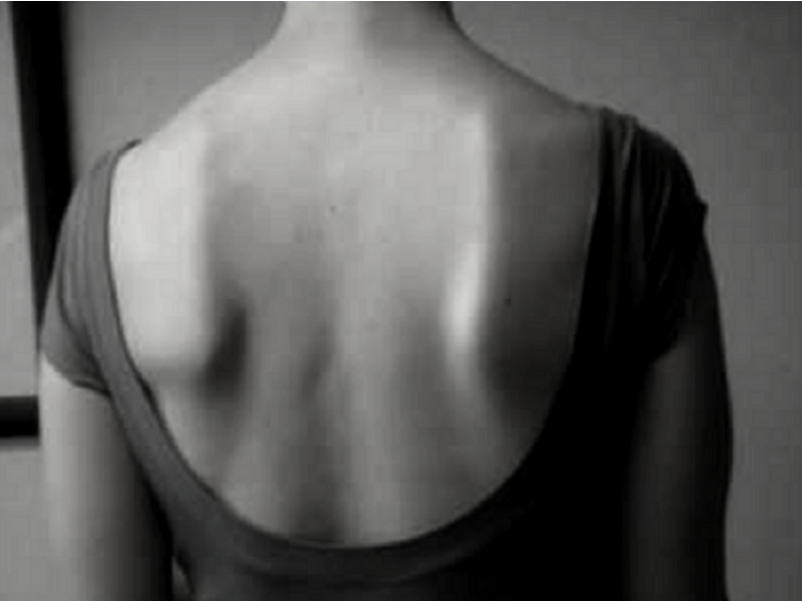Suite 3, Ground Floor, The Gateway,
312 St Kilda Road, Southbank, VIC, 3006
I have a disc bulge, do I need surgery?

The short answer is – in the majority of cases – No!
It can be a scary experience having a debilitating spine injury, especially when it is affecting everyday activities like picking up your toddler or head-checking in the car. Often when an injury doesn’t heal quickly a doctor or physiotherapist may recommend getting a scan to assess if there is a structural reason for your symptoms. The scan itself can be daunting, then comes the long report from the radiologist using large, strange words you don’t understand. With so many big words, surely you must be very broken, right? Wrong! And here is why…
A radiologist is simply describing the picture they see in front of them. They will comment not only on abnormal findings, but they will also describe in detail whatever they see – including normal variations that are present in perfectly healthy and pain-free individuals. This includes normal age related changes (which begin in all healthy humans from their 20’s). The presence of a disc bulge on imaging is not necessarily reason for alarm as disc bulges have been shown to be present in healthy, pain-free adults, not just those with acute spine pain. Furthermore – disc bulges have also been shown to heal by themselves over time (yay!).
The location, size and severity of the disc bulge will help identify if it may be contributing to your acute pain or if it is an incidental finding (unrelated). This is where your doctor or physiotherapist can be very helpful to use the reports to help inform their physical assessment and your experience of pain. They can then treat not just your injury but you as a whole person, taking into consideration your limitations, your pain levels and your goals to build a rehabilitation plan best suited for you.
If your pain or dysfunction are directly linked to the disc bulge then a specific treatment strategy can be put in place to best facilitate recovery. This might include hands-on therapy, specific exercises to assist improvement of function, mobility, or strengthening, pain-management strategies, advice and education regarding aggravating and easing mechanical factors, the role of inflammation and the role of medication etc.
Moving as normally and staying as strong as possible during the healing process is key to optimal and efficient recovery so having a pain management plan that helps you stay off the couch is very important. Understanding timeframes for healing can help realistic expectations around recovery and appreciating that some structures take longer to heal than other soft tissue injuries. For example while a sprained ankle can take a number of weeks to heal, disc healing is often measured in months rather than weeks.
What about invasive techniques such as surgery?
While sometimes surgery is necessary – jumping straight to surgery is rarely the best initial option. There is a misconception that surgery is “quick fix” while rehabilitation can be lengthy and *yawn* boring. Surgery is not as simple as it may seem – it involves more trauma to the area – often involving removing sections of the disc +/- bone or surrounding tissue. It requires significant rest afterwards to allow tissue healing and then a period of rehabilitation to improve conditioning and mechanics following the surgery which means time resting/off work and that you still essentially have to do the rehab *yawn*. While surgery may be necessary in a small percentage of people, the pain, disability and return to pre-injury performance could last the same amount of time (if not longer) than if you rested and rehabilitated without the option of surgery.
In some occasions disc bulges can irritate the nerves that run past the disc nearby. This can result in pain not only near the disc, but symptoms such as pain, tingling or numbness referring down the arm or leg. These sensations can become variable as the nerve heals (again this can take months). If you are having significant nerve-related symptoms such as severe weakness or numbness, investigations can be completed by your doctor or physiotherapist to ascertain if further interventions could be useful (such as specific medication, a steroid injection or… surgery).
If you have a back or neck injury you are concerned about or have been diagnosed with a disc injury – come and see one of our physiotherapists or our sports doctor – so we can get to the bottom of it and get you back to doing the things you love – pain free!
References
S. Boden, D. Davis, et al, J Bone Joint Surg Am, Abnormal magnetic-resonance scans of the lumbar spine in asymptomatic subjects: A prospective investigation. 1990, 72(3):403-8

